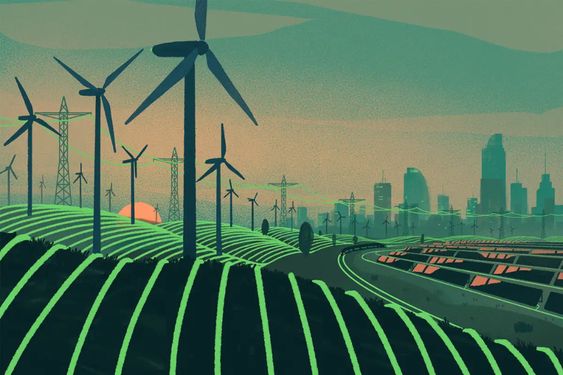The globe is currently going through a new phase of energy transition, and the majority of nations have had numerous obstacles to overcome in order to develop green economies. As everyone knows, the Middle East and North Africa (MENA) is a very significant region in the world and has always been crucial to the world’s energy supply. The capacity of this region is sufficiently prioritized in the new global energy transition roadmap by IOCs, investors, and technology developers.
According to the analysis, the area has benefited from significant renewable energy resources and has the ability to create up to 1088 million tons of hydrogen annually by 2050, or 27% of the world’s potential hydrogen output.
Fortunately, some of the governments in this region are showing signs of developing ambitions. As of October 2023, stated clean hydrogen investments through 2030 have increased by 80% since January 2023 and total USD 54 billion. This amounts to roughly 9.5% of the USD 570 billion in global investments in hydrogen value chains that have been disclosed and are anticipated to be made by the end of this decade. Furthermore, as of 2023, the region represented 45% of the world’s committed investments in hydrogen infrastructure, totaling roughly USD 6.5 billion.
Though not nearly enough to realize the region’s full potential, several nations in the region, including Saudi Arabia, the United Arab Emirates, Oman, Egypt, Morocco, and Jordan, have made significant attempts to establish a green economy. For the area to become more powerful and achieve progressive accomplishments toward a net zero trajectory, the remaining nations in the region, including Qatar, Iran, and others, must join this green path.
Iran will be able to change a lot of deals and has great leapfrog capabilities! The country’s geopolitical position, which benefits from abundant renewable energy resources, seawater availability in both the north and south of the nation, over 60 petrochemical plants, gas facility plants, and numerous oil refineries, will enable it to increase capacity production in the area, the green / blue value chain, and the CO2 market.
In addition, despite Qatar’s huge capacity for LNG supply and the benefit of many oil, gas, and petrochemical complexes, this country can be one of the key players for blue hydrogen and blue ammonia, as there is enough potential for green hydrogen as well.
The MENA region also needs USD$659 billion in cumulative investment through 2050 to provide its portion of the clean hydrogen supply chain, and this investment contribution will never happen unless there is a quantum leap forward in global and regional sustainability efforts that can significantly improve these odds and put the region on track for a more sustainable future.

